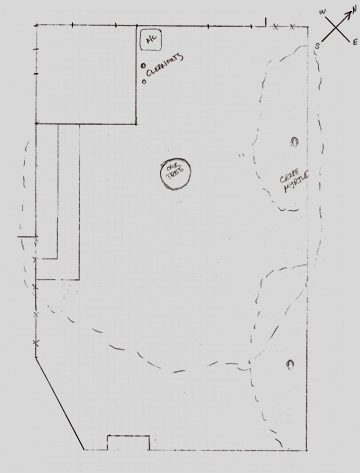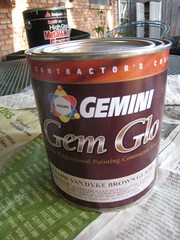
This week I built a trellis for my raised veggie garden. I used a remarkable and inexpensive product called a cattle panel.
This is my first year using a cattle panel but I am anticipating it will work significantly better than a cage. It’s sturdier, taller, and has a lot more surface area for big climbing plants.

Cattle panels are used for livestock fencing and consist of a lattice pattern of heavy gauge galvanized steel wires. They are sold at Tractor Supply stores for around $16 per panel. They are 4′ wide and 16′ long. I bought one panel and had to have the guy at the store cut it in half with bolt cutters in order to fit it in the truck. I tried cutting it with a hacksaw, and it worked but was really slow.
My raised bed is 8′ long, and I put the plants I plan to grow vertically in one row along the north side of the box: 3 tomatoes, one cucumber, one zucchini, one patty pan squash, one pole bean and one sugar snap pea. When I built the trellis the plants had already been in their spots for a few weeks. To avoid disturbing them, I decided to attach the trellis to the outside of the raised bed on the long wall.
I expect to grow super tall plants, so I decided to use the full length of two panels (8′ tall) situated side by side. To support the panels, I built a frame using 1/2″ EMT metal tubing and corner connectors from the hardware store. The frame materials cost around $6 total.


I didn’t have a big plan for how to measure and cut the framing materials. It worked pretty well to press the panels into the dirt — they stood up on their own while I measured the EMT for the frame.

To support the trellis, I drove the EMT into the ground probably 6″ or so and attached it to the side of the raised bed with an EMT bracket.

Finally, I used plastic cable ties to attach the panels to the frame.

If anyone else out there is doing something cool with cattle panels or building a better tomato cage please comment!!

















